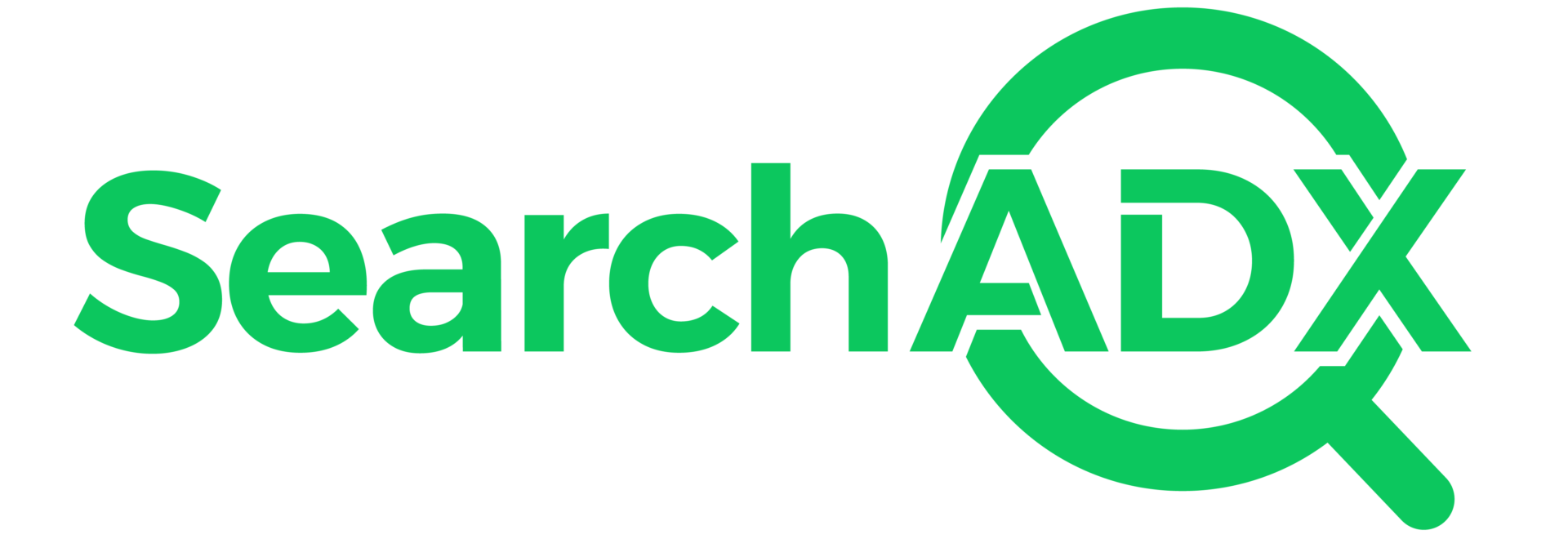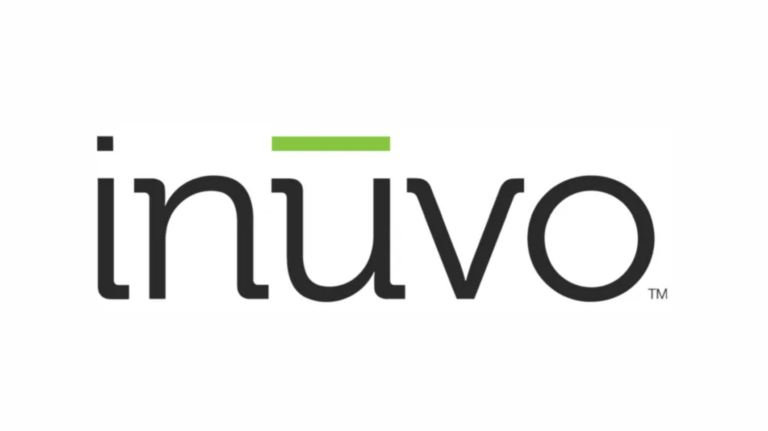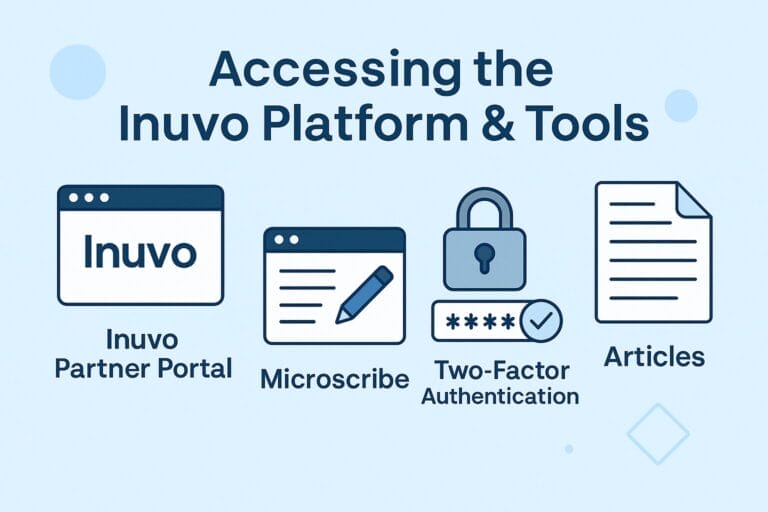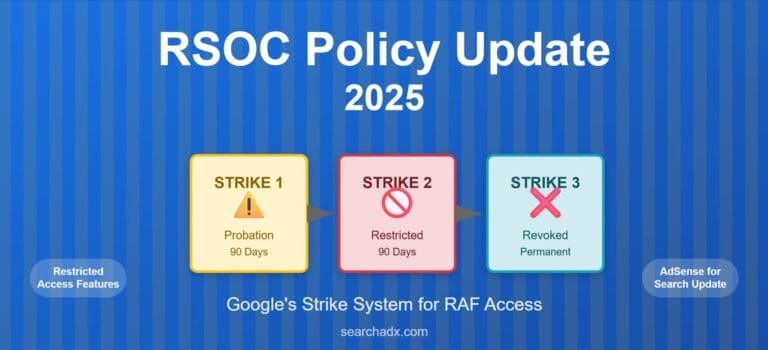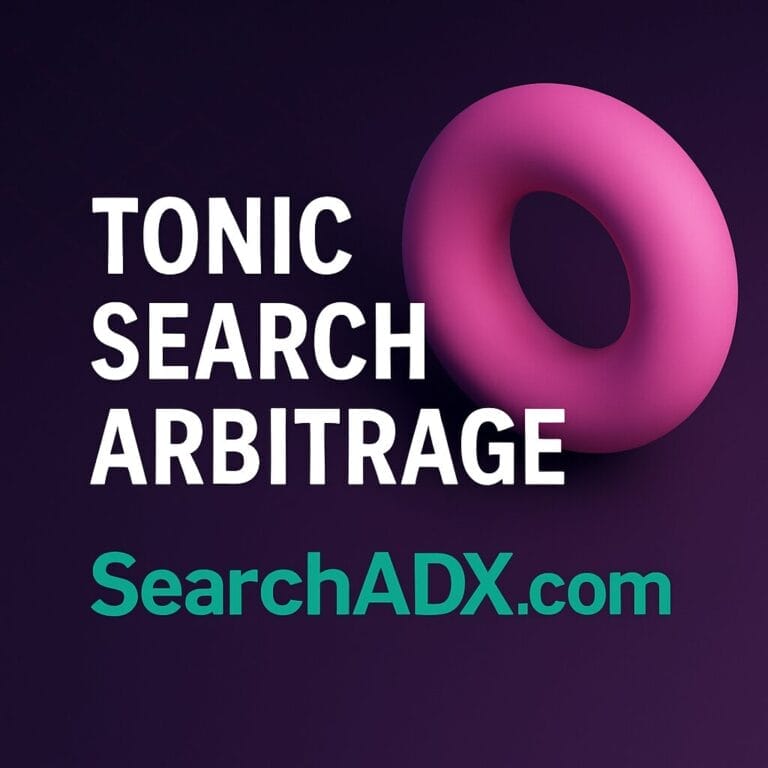What is Google AdSense RSOC Integration?
Google AdSense RSOC integration with ClickFlare allows you to automatically track revenue from your related search content campaigns. Instead of manually checking your AdSense dashboard, ClickFlare pulls revenue data directly via the AdSense API and attributes it to specific conversions in real-time.
![]()
Key Benefits of This Integration
- Automated Revenue Tracking: No more manual revenue reporting or guesswork
- Real-time Attribution: See which traffic sources and campaigns are most profitable
- Accurate ROI Calculations: Make data-driven optimization decisions
- Hourly Revenue Updates: Get fresh data every hour for up to 3 days
Prerequisites for Setup
Before diving into the integration, ensure you have:
- An active Google AdSense account with RSOC enabled
- An active ClickFlare account
- Access to edit your website’s code
- Basic understanding of URL parameters and tracking pixels
Part 1: Setting Up In-Page Conversion Tracking
Important: Both in-page tracking and API integration are required. Without in-page tracking, no conversions are captured. Without API integration, conversions won’t have revenue data.
Step 1: Configure Your Offer Page
Your RSOC article page (where the keyword block appears) should be set up as an Offer in ClickFlare. Your URL structure should include these essential parameters:
https://yourdomain.com/article?q=query&utm_source=source&utm_campaign={campaign_id}&style_id=REPLACE&channel_id=REPLACE&clickid={cf_click_id}
Required parameters:
style_id– Google AdSense style identifierchannel_id– Google AdSense channel identifierclickid={cf_click_id}– ClickFlare’s unique click identifier
Step 2: Pass Parameters to SERP Page
When users click on keywords in the keyword block, they’re redirected to a search results page (SERP). You must ensure the tracking parameters are passed to this second page:
_googCsa("relatedsearch", {
resultsPageBaseUrl: `https://results-page/search?style_id={styleId}&channel_id={channelId}&cf_click_id={clickId}`
}, {
container:"container",
styleId: "styleId",
adLoadedCallback:window.relatedUnitLoaded||null,
relatedSearches:6
})Step 3: Install ClickFlare Tracking Script
Add this conversion tracking script to your SERP page. This script detects when users click on monetized search results and sends conversion data to ClickFlare:
<script>
function sendBeacon(url) {
if ('sendBeacon' in navigator) {
navigator.sendBeacon(url);
} else {
const xhr = new XMLHttpRequest();
xhr.open('GET', url, false);
xhr.send();
}
}
function readCookie(name) {
const value = `; ${document.cookie}`;
const parts = value.split(`; ${name}=`);
if (parts.length === 2) return parts.pop().split(";").shift();
}
function readQueryParam(name) {
const urlParams = new URLSearchParams(window.location.search);
return urlParams.get(name);
}
window.addEventListener("message", () => {
const elem = document.activeElement;
if (
elem &&
elem.tagName === "IFRAME" &&
event.origin === "https://syndicatedsearch.goog"
) {
const click_id = readQueryParam('clickid') || readCookie("cf_click_id");
const channel_id = readQueryParam("channel_id");
const style_id = readQueryParam("style_id");
const ct = 'click';
const tracking_domain = "YOUR_TRACKING_DOMAIN.com";
const cv_pixel_url = new URL(`https://${tracking_domain}/cf/cv`);
cv_pixel_url.searchParams.set('click_id', click_id);
cv_pixel_url.searchParams.set('param10', channel_id);
cv_pixel_url.searchParams.set('param11', style_id);
cv_pixel_url.searchParams.set('ct', ct);
sendBeacon(cv_pixel_url.toString());
}
});
</script>Special Setup for Google Ads Traffic
If you’re running Google Ads (which doesn’t allow redirects), you’ll need to use ClickFlare’s direct tracking method:
- Create a Direct Tracking Campaign in ClickFlare
- Copy the generated tracking script
- Paste it in the <head> section of your article page
- Send Google Ads traffic directly to your article page
This ensures every Google Ads visitor gets a unique ClickFlare click ID stored in a cookie.
Part 2: Connect Google AdSense API Integration
ClickFlare connects directly with Google AdSense API to pull revenue data every hour for up to 3 days, with a final sync after 10 days.
Step 1: Access Integration Settings
- Go to Settings Menu (gear icon) in ClickFlare
- Under RSOC Integrations, click “Add Integration”
Step 2: Authorize Your Google Account
- Choose the Google AdSense template
- Give your integration a descriptive name
- Click “Select Google Account”
- Sign in with your AdSense account
- Grant the required permissions
Step 3: Configure Conversion Event
Select “Click” as the conversion event to link revenue to the clicks tracked by your SERP script. If you don’t have a custom conversion event set up, create one following ClickFlare’s custom conversion guide.
Step 4: Save and Activate
Click “Save” to complete the integration. Your Google AdSense integration will now appear in the RSOC Integrations list and begin pulling revenue data automatically.
Custom Tracking Setup
If you prefer using your own tracking system instead of ClickFlare’s script, you can still pull revenue via API by firing the monetized event manually:
Required postback format:
https://your_tracking_domain.com/cf/cv?click_id=123¶m10=YOUR_CHANNEL_ID¶m11=YOUR_STYLE_ID&ct=click
Essential parameters:
click_id– ClickFlare’s unique click IDparam10– Google channel IDparam11– Google style IDct=click– Conversion type
Best Practices and Optimization Tips
1. Monitor Revenue Attribution
Regularly check that conversions are being attributed with revenue. If you see $0 revenue, verify that channel_id and style_id parameters are being passed correctly.
2. Test Your Setup
Before launching campaigns, test the entire flow:
- Click through from your article to SERP page
- Click on a search result
- Verify the conversion fires in ClickFlare
- Check that revenue appears within 24 hours
3. Revenue Sync Timing
Remember that ClickFlare pulls revenue hourly for 3 days, then performs a final sync after 10 days. Don’t optimize campaigns based on incomplete revenue data from the first few hours.
Troubleshooting Common Issues
No Revenue Data Showing
- Verify channel_id and style_id are being passed correctly
- Check that your AdSense account permissions are properly granted
- Ensure conversions are firing with ct=click parameter
Conversions Not Tracking
- Verify the tracking script is properly installed on SERP page
- Check that clickid parameter is available on SERP page
- Test that iframe message events are firing correctly
- Review setup in your ClickFlare dashboard
Google Ads Direct Tracking Issues
- Ensure direct tracking script is in the <head> section
- Verify cookies are being set properly
- Check that the SERP page can read the cf_click_id cookie
Frequently Asked Questions
Can I use this for AdSense for Domains (AFD)?
No, this integration is specifically for RSOC (Related Search for Content). AFD requires a different tracking setup.
How often is revenue updated?
ClickFlare pulls revenue data hourly for the first 3 days after a conversion, then performs a final sync after 10 days to capture any delayed updates.
Can I track multiple RSOC styles in one campaign?
Yes, as long as you include the correct style_id and channel_id values for each conversion, ClickFlare can track multiple styles within a single campaign.
Conclusion
Setting up Google AdSense RSOC integration with ClickFlare transforms your revenue tracking from manual guesswork to automated precision. While the initial setup requires attention to detail, the result is accurate, real-time revenue attribution that enables data-driven optimization.
Ready to get started? Try ClickFlare today and experience the power of automated revenue tracking for your AdSense RSOC campaigns.
The key to success is ensuring both parts of the integration work together: in-page conversion tracking captures user actions, while the API integration pulls the corresponding revenue data. Take time to test your setup thoroughly before scaling your campaigns.
With this integration properly configured using ClickFlare, you’ll have the revenue visibility needed to optimize your RSOC campaigns for maximum profitability and scale your search arbitrage operations with confidence.
